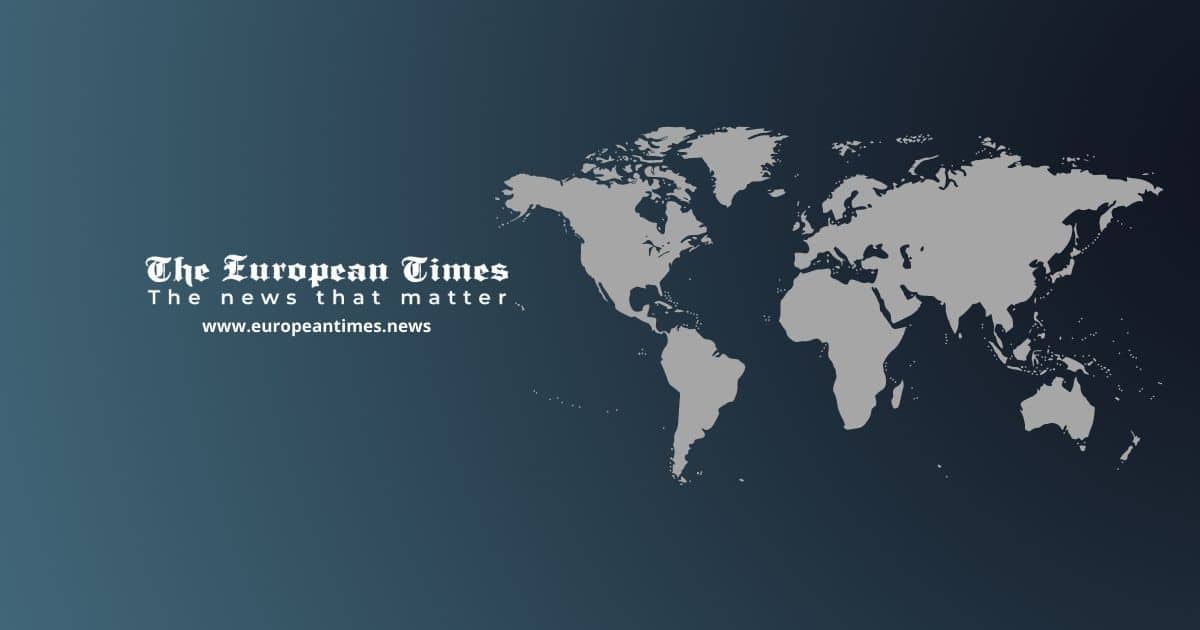In 2018, the global median level of government restrictions on religion such as laws, policies and actions by officials that impinge on religious beliefs and practices continued to climb, reaching an all-time high since
Pew Research Research Center began tracking these trends in 2007.
In its 11th report, Pew Research showed that even if the increase in government restrictions from 2017 to 2018 was relatively modest, it still contributed to a substantial rise in government restrictions on religion over more than a decade, as well as a rise in the number of governments using force, such as detentions and physical abuse, to coerce religious groups.
In this report, for the first time, Pew Research Center combined its data on government restrictions and social hostilities involving religion with a classification of regime types, to discern whether there is a link between different models of government and levels of restrictions on religion. In other words, whether restrictions on religion tend to be more or less common in countries with full or partial democracies than in those with authoritarian regimes.
The analysis found a strong link between authoritarianism and government restrictions on
religion. While there are many exceptions to this pattern, authoritarian regimes are much more common among the countries with very high government restrictions on religion. Among countries with low government restrictions on religion, meanwhile, just 7% are authoritarian.
The total number of countries with “high” or “very high” levels of government restrictions has been mounting. Most recently, that number climbed from 52 countries in 2017 to 56 countries in 2018, according to the report.
As of 2018, most of the 56 countries with high or very high levels of government restrictions on religion are in the Asia-Pacific region, with 25 countries which represent half of all countries in that region, or in the Middle East-North Africa region with 18 countries, which represent 90% of all countries in the region. While Asia and the Pacific had the largest increases in their Government Restrictions Index scores, the Middle East and North Africa region still had the highest median level of government restrictions, and at its highest point since the aftermath of the Arab Spring in 2012, according to the Pew Research report.
Aside from Asia-Pacific and the Middle East-North Africa, sub-Saharan Africa was the only other region to experience an increase in its median level of government restrictions in 2018 (from 2.6 to 2.7), reaching a new high following a steady rise in recent years.
While government use of force against religious groups decreased in the region, both harassment of religious groups and physical violence against minority groups went up.
More than eight-in-10 countries in the sub-Saharan region experienced some form of government harassment of religious groups, and 14 countries (29%) had reports of governments using physical coercion against religious minorities.
Europe experienced a small decline in its median level of government restrictions, although government use of force increased slightly. The median level of government restrictions in the Americas, meanwhile, remained stable between 2017 and 2018, as the region continued to experience the lowest levels of government restrictions compared with all other regions.
In terms of social hostilities involving religion, the picture is more mixed – which makes sense given that social hostilities look at actions by private individuals or social groups and do not directly originate from government actions.
The five countries categorized as full democracies with high levels of social hostilities are all in Europe, Denmark, Germany, the Netherlands, Switzerland and the United Kingdom, and all had reports of anti-Muslim and
antisemitic incidents.
To measure global restrictions on religion in 2018 – the most recent year for which data is available – the study rates 198 countries and territories by their levels of government restrictions on religion, based on their GRI, and social hostilities involving religion based on their SHI. The new study is based on the same 10-point indexes used in the previous studies.
The Government Restrictions Index (GRI) measures government laws, policies and actions that restrict religious beliefs and practices, while the Social Hostilities Index (SHI) measures acts of religious hostility by private individuals, organizations or groups in society.












